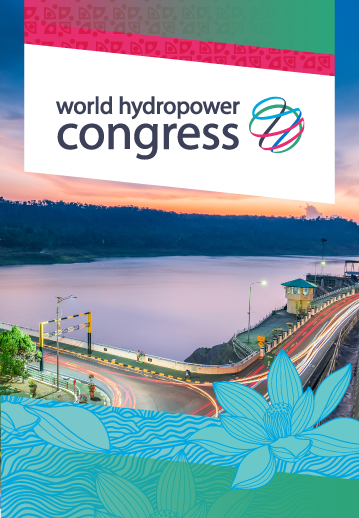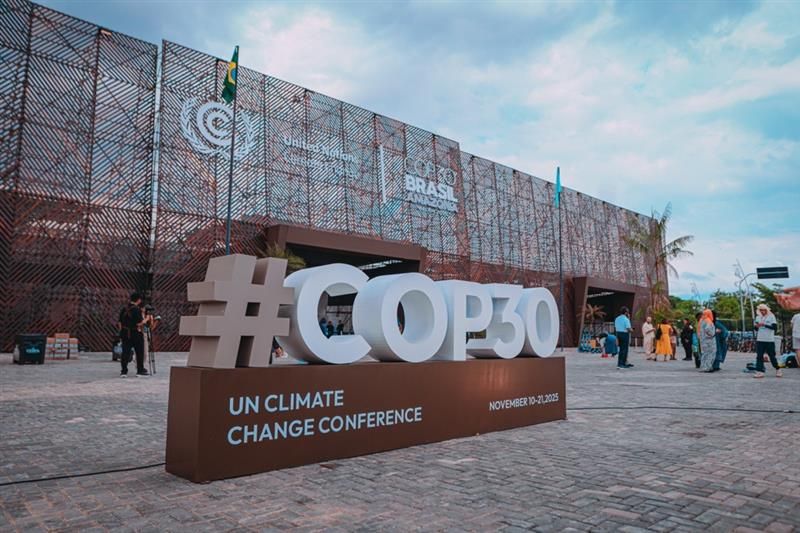Digital twins and doubling efforts to modernise hydropower
Hydropower has powered communities for over a century. Many of today’s plants, however, were designed for a very different era of electricity — one with steady demand and fossil fuels filling the gaps. Now, as we shift to a world dominated by wind and solar, hydropower is adapting. The 2025 World Hydropower Outlook reported that across the globe, a significant portion of hydropower assets are ageing, with nearly 40% of plants at least 40 years old. Modernisation – for example, by adding capacity through unit replacement, digitalising operations to optimise use, or by better hybridisation with batteries, wind and solar power – can add almost 100GW to global capacity.
Why modernisation matters
Unlike building new dams, modernisation uses existing infrastructure. That means more clean energy, faster. By upgrading turbines, digital controls and monitoring systems, operators can increase output, extend plant lifetimes and reduce downtime - at usually far lower cost than new projects. Modernised plants can deliver the flexibility and fast response that variable renewables demand.
Modernisation is also about sustainability. With better turbine designs, environmental monitoring and smarter operations, it’s possible to reduce impacts on rivers and wildlife whilst keeping hydropower reliable. Modernisation can also mean finding opportunities to make existing plants suitable for hybridisation with batteries, wind and solar power to meet climate and energy targets. Modernisation guided by international good practice and robust sustainability frameworks such as the Hydropower Sustainability Standard can ensure that its benefits are delivered responsibly, equitably and in harmony with communities and ecosystems.
How it’s happening
Across Europe and beyond, operators are showing what’s possible. One standout initiative is ReHydro, a European Union funded project bringing together utilities, researchers and industry partners to test modernisation approaches at real plants.
In Norway, ReHydro is using digital twins at the Røldal-Suldal hydropower system to optimise operations virtually before making changes on the ground. In Portugal’s Valeira plant, new monitoring systems are being installed to better understand performance and environmental effects. In France, engineers are trialling turbine retrofits and ecological upgrades to make generation more efficient and prevent harm to marine wildlife.
What makes ReHydro unique is its holistic approach: technical upgrades are combined with biodiversity monitoring and decision-support tools, so refurbishment is measured not just in megawatts, but in environmental value as well.
A recent study under the ReHydro project found that two key obstacles are limiting investment in modernisation. One is uncertainty around how the electricity market will reward the role of hydropower and the other based on the complexity of the relicensing process. These often overlap with the need for major upgrades to ageing infrastructure. Combined, these factors make it difficult for operators to commit the necessary capital. It is essential that the right financial mechanisms and incentives are implemented to successfully provide the opportunity for further development.
The bigger picture
Modernisation is one of the smartest forms of climate action. With upgrades, hydropower can deliver more energy, more flexibility and better environmental performance — building on a renewable legacy, rather than building new dams. For regions like Europe and the Americas, where a lot of hydropower capacity already exists, refurbishment could be the key to unlocking a more reliable, affordable and sustainable clean energy system.
Hydropower has always been about more than megawatts. Modernisation ensures it continues to be a cornerstone of the energy transition for decades to come.






.jpg)



